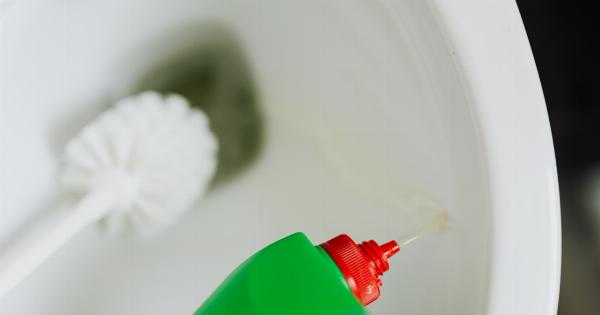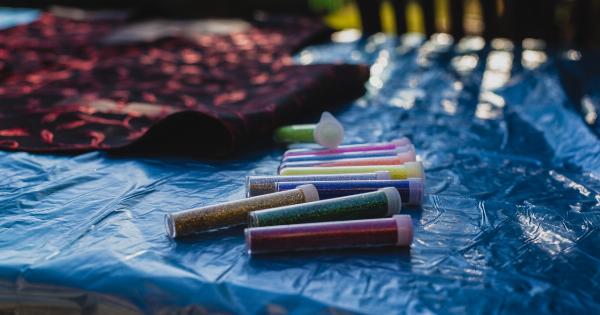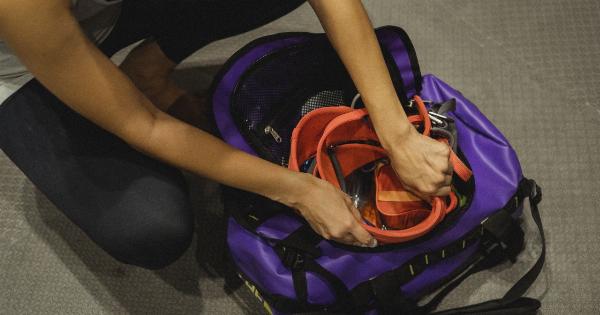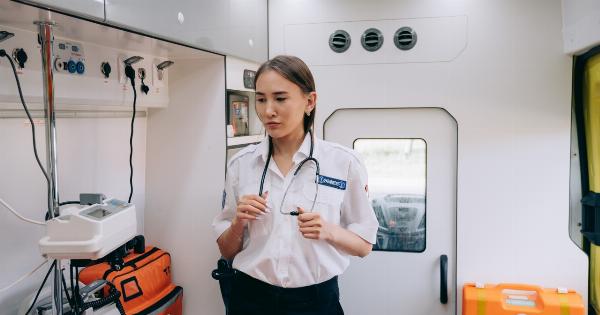When it comes to rehearsing with a group, safety should always be a top priority. Whether you are part of a band, a theater troupe, or a dance team, it is important to create a safe and comfortable environment for everyone involved.
In this article, we will outline some safe techniques for rehearsing with a group to ensure an enjoyable experience for all.
1. Warm-up and Stretching
Before diving into the rehearsal, it is crucial to warm up and stretch your muscles to prevent injuries.
Start with some light cardio exercises to get the blood flowing and then move on to dynamic stretches that mimic the movements you will be performing. This will help warm up your muscles, improve flexibility, and reduce the risk of sprains or strains during rehearsal.
2. Provide Adequate Space
Make sure you have enough space for everyone to move freely and safely during rehearsals. Remove any obstacles or clutter that may pose a tripping hazard.
If you are practicing in a small room, consider limiting the number of participants to avoid collisions or accidental injuries.
3. Use Proper Equipment
Ensure that all equipment used during rehearsals is in good condition and safe to use. Check musical instruments, sound systems, props, and costumes regularly to identify any potential hazards.
Replace or repair any damaged equipment promptly to prevent accidents or injuries.
4. Establish Clear Communication
Effective communication is essential for a safe and productive rehearsal. Before starting practice, establish a clear system for communication. Encourage everyone to speak up if they feel uncomfortable or notice any safety concerns.
Implement a “safe word” or signal that can be used to pause or stop a particular routine or performance if needed.
5. Breaks and Rest
Rehearsals can be physically and mentally demanding, so it is important to provide regular breaks for rest and hydration. Encourage everyone to listen to their bodies and take breaks when needed.
Remind participants to stay hydrated throughout the rehearsal to prevent fatigue and cramps.
6. Proper Lighting and Ventilation
Ensure that the rehearsal space is well-lit with adequate lighting to avoid accidents or injuries. If the room gets hot or stuffy, make sure to have proper ventilation to keep everyone comfortable and minimize the risk of heat-related illnesses.
Check the temperature and ventilation systems before starting the rehearsal.
7. Use Spotter and Stunt Safety Guidelines
If your group involves stunts or acrobatics, follow proper spotter and stunt safety guidelines. Assign spotters to assist and protect performers during risky maneuvers.
Educate everyone on correct spotting techniques and safety measures to minimize the chances of injuries during these high-risk activities.
8. Promote Respect and Support
Rehearsals can sometimes be intense and challenging, but it is important to foster an environment of respect and support. Encourage everyone to be mindful of others’ boundaries and limitations.
Bullying, harassment, or any form of mistreatment should never be tolerated.
9. Regular Skill Assessment
Conduct regular skill assessments to ensure that everyone is performing within their capabilities and comfort levels.
This will help identify areas that may require additional training or adjustments in routines to reduce the risk of injuries caused by inadequate skills or overexertion.
10. First Aid Kit and Emergency Plan
Always have a well-stocked first aid kit readily available during rehearsals. Make sure that all participants are aware of its location and how to use specific items in case of minor injuries.
Additionally, create an emergency plan that includes contact information for medical professionals and the nearest hospital.
By following these safe techniques for rehearsing with a group, you can create an environment where everyone feels safe, comfortable, and confident in their abilities.
Prioritizing safety not only reduces the risk of injuries but also enhances the overall performance and enjoyment of the rehearsal process.































